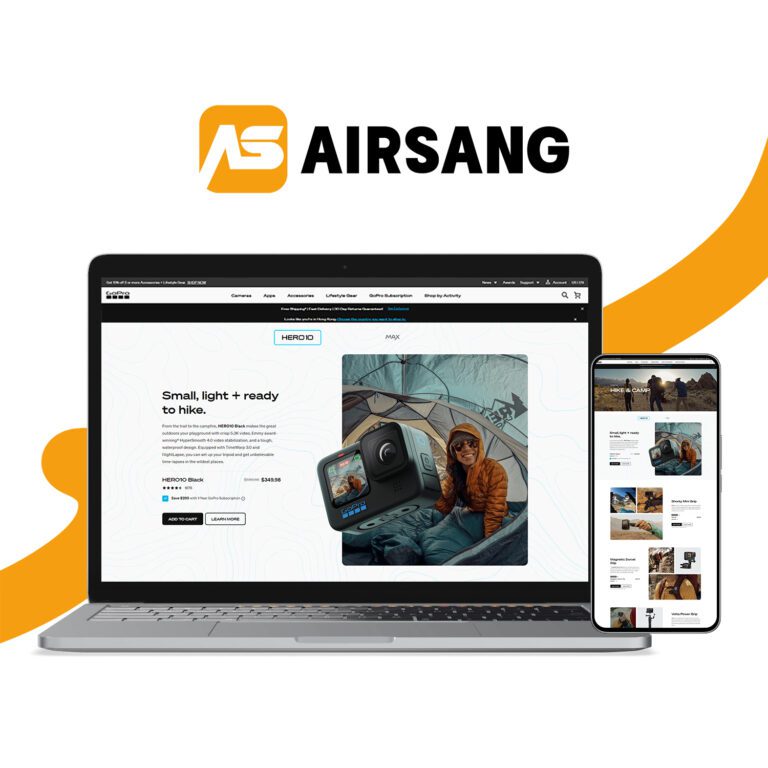How Bad Mobile Design Hurts Your Conversions
Mobile is where users shop, browse, and connect—accounting for over half of global web traffic. Yet many businesses still overlook mobile design, missing out on valuable opportunities.
At Airsang Design, we help brands avoid these costly mistakes with mobile-first websites that engage and convert. Here’s why mobile optimization matters more than ever.

Embracing Mobile-First Consumer Behavior
Mobile-first behavior is now the norm—over 52% of global web traffic in 2023 came from mobile devices. With Google’s mobile-first indexing, your site’s mobile version directly affects SEO. Users expect fast, intuitive experiences, and poor mobile design leads to high bounce rates and missed business opportunities.
Mistakes That Undermine Your Mobile Experience
Many businesses still overlook key mobile design principles—hurting both user experience and conversions. Common mistakes include:
- Slow Load Times
Over 50% of users leave if a page takes 3+ seconds to load. Heavy images and poor code are often to blame. - Unresponsive Layouts
Sites that don’t adapt to different screen sizes cause broken visuals and frustrating navigation. - Cluttered Navigation
Overloaded menus make it hard to browse on small screens. Clean, mobile-friendly navigation is essential. - Tiny Text & Click Areas
Small fonts and buttons lead to poor readability and misclicks, driving users away. - Intrusive Popups
Aggressive popups disrupt the experience and can hurt SEO rankings on mobile. - Ignoring Mobile Features
Not using tap-to-call, location tools, or mobile-friendly forms means missed engagement opportunities.
Why Poor Mobile Design Leads to Lost Conversions
Poor mobile design does more than look bad—it costs you trust, traffic, and sales. Key consequences include:
- Higher bounce rates from slow or clunky pages
- Lost conversions due to broken buttons or complex checkouts
- Lower SEO rankings from poor mobile performance
- Unprofessional appearance that damages credibility
- Competitors with better UX win your users
- Frustrating navigation and load times lead to disengagement
- Missed revenue from abandoned carts or forms
- Accessibility issues reduce user retention
- No mobile features (like tap-to-call) means lost interactions
- Negative reviews from bad mobile experiences
How to Prevent Common Mobile Design Errors
To avoid mobile design pitfalls, follow these key practices:
- Design mobile-first, then scale to desktop
- Optimize images and code; use a CDN for faster loads
- Test on real devices, not just emulators
- Keep navigation simple with clear, tappable CTAs
- Use mobile features like tap-to-call and geolocation
- Ensure full responsiveness across all screen sizes
- Simplify forms with fewer fields for easy input
Conclusion
Poor mobile design is a serious risk—it leads to lost traffic, frustrated users, and missed revenue. That’s why investing in a seamless mobile experience is essential.
At Airsang Design, we craft mobile-optimized websites that look great and perform even better. If you’re ready to fix mobile issues and boost conversions, our team is here to help. Let’s optimize your site for long-term success.
















